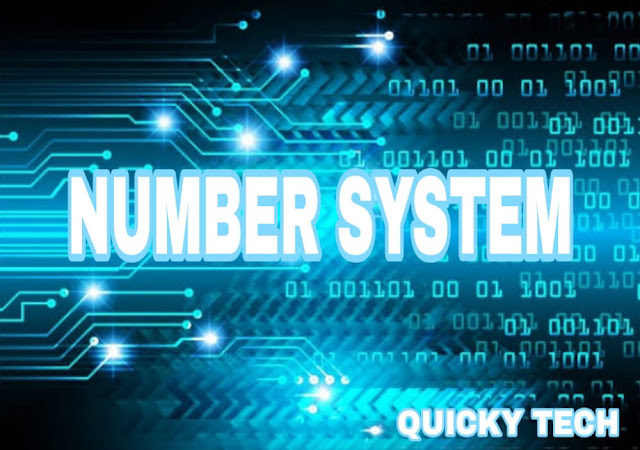The number system or the numeral system is the system of naming or representing numbers. There are various types of number systems in maths like binary, decimal, etc. This lesson covers the entire concepts of the numeral system with their types, conversions and question. Generally, It is set of rules and symbols, used to represent a number.
- Decimal number system (Base- 10).
- Binary number system (Base- 2).
- Octal number system (Base-8).
- Hexadecimal number system (Base- 16).
Decimal Number System(Base-10)
Decimal Number System is a Base 10 Number System having 10 digits from 0 to 9. This means that any numerical quantity can be represented using these 10 digits. Decimal number system is also a positional value system. This means that the value of digits will depend on its position.
If you want to learn more about DECIMAL NUMBER SYSTEM, then Checkout our other article:
Binary number system (Base- 2)
In mathematics and digital electronics, a binary number is a number expressed in the base- 2 numeral system or binary number system which uses only two symbols: typically "0" (zero) and "1" (one). The base-2 numeral system is a positional notation with a radix of 2.
Uses of Binary Number System
Computer systems use electronic circuits which exist in only one of two states the binary number system is a method of representing numbers that counts by using combinations of only two numerals: zero (0) and one (1). The computer's only recognizes two states, on or off. Binary simplifies information processing. Because there must always be at least two symbols for a processing system to be able to distinguish significance or purpose, binary is the smallest numbering system that can be used.
Characteristics of binary number system are as follows
➧Uses two digits, 0 and 1.
➧Also called base 2 number system➧Each position in a binary number represents a 0 power of the base (2). Example 2⁰
➧Last position in a binary number represents a x power of the base (2). Example 2* where x represents the last position - 1.
Note: 101012 is normally written as 10101.
In mathematics and digital electronics, a binary number is a number expressed in the base- 2 numeral system or binary number system which uses only two symbols: typically "0" (zero) and "1" (one). The base-2 numeral system is a positional notation with a radix of 2.
Uses of Binary Number System
Computer systems use electronic circuits which exist in only one of two states the binary number system is a method of representing numbers that counts by using combinations of only two numerals: zero (0) and one (1). The computer's only recognizes two states, on or off. Binary simplifies information processing. Because there must always be at least two symbols for a processing system to be able to distinguish significance or purpose, binary is the smallest numbering system that can be used.
Characteristics of binary number system are as follows
➧Uses two digits, 0 and 1.
➧Also called base 2 number system➧Each position in a binary number represents a 0 power of the base (2). Example 2⁰
➧Last position in a binary number represents a x power of the base (2). Example 2* where x represents the last position - 1.Note: 101012 is normally written as 10101.







2 Comments
Amazing keep it up 👍🏻
ReplyDeleteGood 🤟🤟
ReplyDelete